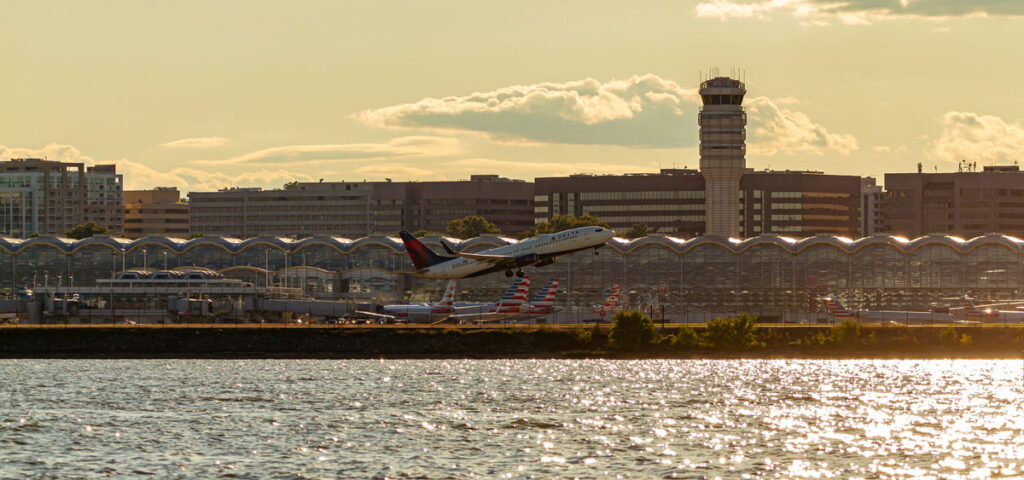
Despite the ongoing government shutdown, U.S. lawmakers are reaching across the aisle to address recent incidents impacting air travelers.
The Senate Commerce, Science and Transportation Committee recently introduced the Rotorcraft Operations Transparency and Oversight Reform (ROTOR) Act in response to January’s deadly collision between an American Airlines regional jet and an Army Black Hawk helicopter over Washington, D.C.
If signed into law, the bill, which is heading to a full Senate vote, would require all aircraft in controlled airspace to be fitted with Automatic Dependent Surveillance-Broadcast (ADS-B) equipment.
This is significant in that a National Transportation Safety Board (NTSB) hearing about the January 29 crash determined the Army Black Hawk helicopter had not broadcast its location using ADS-B in 730 days prior to the deadly collision.
The ADS-B system is considered more effective than traditional radar and allows aircraft to transmit location, speed, altitude and other important flight parameters.
“One of the most important parts of this bill is the requirement that all aircraft, military and civilian, use both ADS-B Out and ADS-B In,” Texas Senator and bill sponsor Ted Cruz said in a statement. “We will not wait for another accident to happen before we finally protect American skies.”
“We have made it abundantly clear that when American lives are at risk, excuses are not acceptable,” Cruz added.
“Sixty-seven people died because a military helicopter flew invisible to another aircraft and pilots lacked the technology to see each other,” said Senator Maria Cantwell of Washington State. “The bipartisan agreement fixes both problems. These are the reforms that the families sought, and we know that they will save lives.”
In addition to new ADS-B requirements, the ROTOR Act would ensure safety reviews at all major and mid-size airports on top of increased coordination and information sharing between the FAA and the Department of Defense on matters of safety as well as an Army Inspector General audit of the branch’s aviation protocols and establish a framework to develop the next generation of aircraft collision avoidance technology.
For the latest travel news, updates and deals, subscribe to the daily TravelPulse newsletter.

